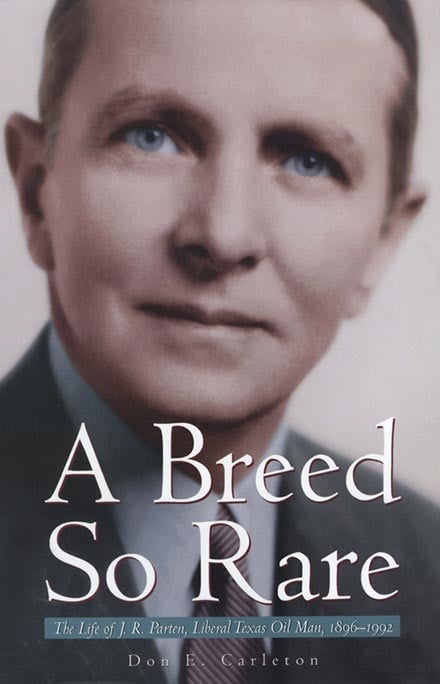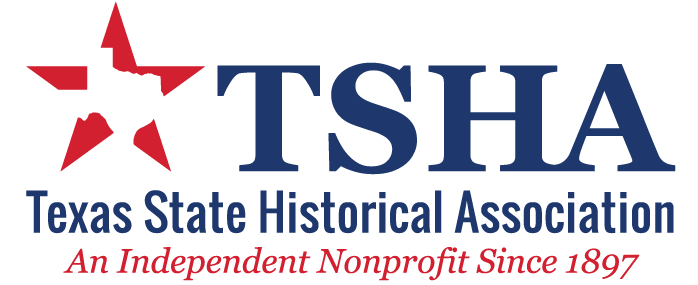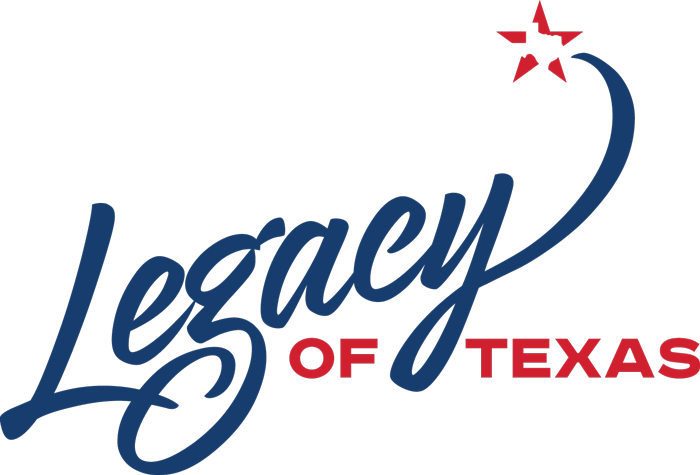The Permanent University Fund is a public endowment that provides financial support to institutions in the University of Texas and Texas A&M University systems. The principal of the fund, which includes all proceeds from oil, gas, sulfur, and water royalties, all gains on investments, all rentals on mineral leases, and all amounts received from the sale of university lands, may not be spent. The surface income generated by grazing leases on university lands and the net income from interest and dividends for PUF investments make up the Available University Fund, which is divided between the two university systems. The idea for such a permanent endowment began in 1839, when the Congress of the Republic of Texas set aside fifty leagues (221,400 acres) of land to fund higher education. The state legislature passed an act establishing the University of Texas in 1858, acknowledging the 1839 endowment and enlarging it with $100,000 in United States bonds; the act also set aside one out of every ten sections of land that had been reserved for state use under the 1854 Act to Encourage the Construction of Railroads in Texas by Donations of Land. As more of the state began to be settled, however, the agricultural value of the acreage set aside for higher education led the legislature to change its mind about keeping it for a university that as yet existed only on paper. In the Constitution of 1876, the state confirmed the previous university land grants with the exception of the one out of every ten sections that had been reserved for the university by the act of 1858. The legislature replaced the railroad sections with a million acres of previously unappropriated land, all of which was located in West Texas and considered less than prime for agriculture.
When the University of Texas actually opened in 1883, supporters of the university pushed the legislature to appropriate another million acres for the endowment. The land chosen for this purpose was also in West Texas and was thought to be of little commercial value. The income it generated was primarily from grazing leases and amounted to only $40,000 in 1900. Early regents of the university kept the land in hopes of obtaining a better price through sale at a future date. May 28, 1923, was the watershed date for the PUF. On that day Frank Pickrell and Carl G. Cromwell brought in the Santa Rita oil well on university property in Reagan County. Because the oil profits were treated as principal rather than income, the proceeds from Santa Rita and other wells were reinvested instead of being spent. By 1925 the Permanent University Fund was growing by more than $2,000 a day. In 1931 the legislature authorized a split in the net income from PUF investments, with the University of Texas to receive two-thirds of the money and Texas A&M to receive one-third. The universities could issue bonds against a percentage of the fund, so long as the indebtedness did not exceed 20 percent of the permanent fund. The first priority for each system's portion of the available fund was the retirement of bonded indebtedness for construction or rehabilitation of campus buildings; the remaining money was for academic enrichment at the University of Texas and Texas A&M University. By the late 1950s the market value of the PUF exceeded $283,642,000 and provided investment income of more than $8,513,000 annually for distribution to the two university systems.
In 1984 voters amended the state constitution to expand the number of schools benefiting from the proceeds of the PUF bonding program. The schools receiving help from the PUF thereafter included the University of Texas at Arlington, the University of Texas at Austin, the University of Texas at Dallas, the University of Texas at El Paso, the University of Texas of the Permian Basin, the University of Texas at San Antonio, the University of Texas at Tyler, the University of Texas Southwestern Medical Center at Dallas, the University of Texas Health Science Center at Houston, the University of Texas Health Science Center at San Antonio, the University of Texas System Cancer Center, the University of Texas Health Center at Tyler, Texas A&M University, Prairie View A&M University, Tarleton State University, and Texas A&M University at Galveston. The 1984 amendment also raised the bond-debt ceiling for the university systems to 20 percent of the PUF book value for the University of Texas and to 10 percent for Texas A&M, and provided that for a period of ten years, $6 million of the University of Texas share should go to Prairie View A&M. In the early 1990s programs benefiting from available fund money at the University of Texas at Austin and Texas A&M University at College Station included instruction, research equipment, library acquisitions, scholarships, recruitment, and student services such as counseling and career center services. In 1990 the PUF stood at $3,541,314,800 and generated $266,119,000 for the available fund. See also LAND APPROPRIATIONS FOR EDUCATION, and PUBLIC LANDS.
Is history important to you?
We need your support because we are a non-profit that relies upon contributions from our community in order to record and preserve the history of our state. Every dollar helps.
John L. Beckham, The Permanent University Fund: Land, Oil, and Politics (MS, Dolph Briscoe Center for American History, University of Texas at Austin, 1981). Berte R. Haigh, Land, Oil and Education (El Paso: Texas Western Press, 1986). Vernon's Annotated Constitution of the State of Texas (Kansas City: Vernon Law Book Company, 1955).
The following, adapted from the Chicago Manual of Style, 15th edition, is the preferred citation for this entry.
Vivian Elizabeth Smyrl,
“Permanent University Fund,”
Handbook of Texas Online,
accessed April 25, 2024,
https://www.tshaonline.org/handbook/entries/permanent-university-fund.
Published by the Texas State Historical Association.
TID:
KHP02
-
Original Publication Date:
-
1976
-
Most Recent Revision Date:
-
June 9, 2020




